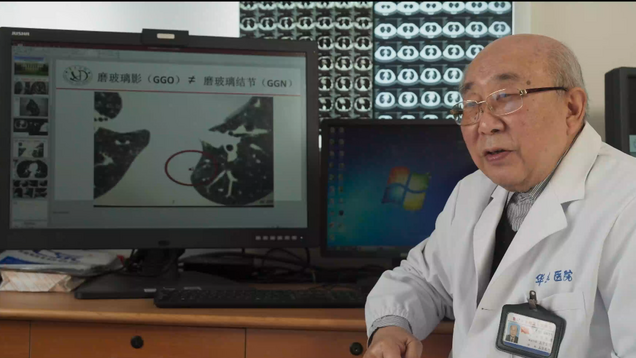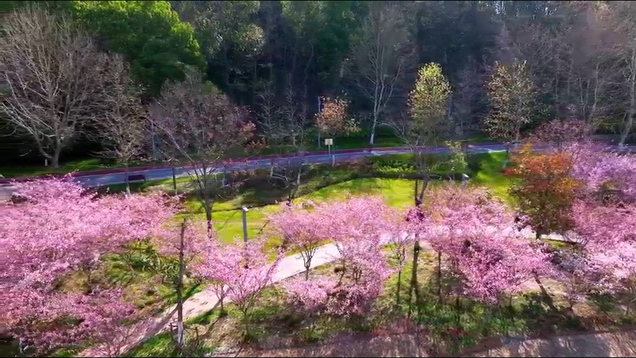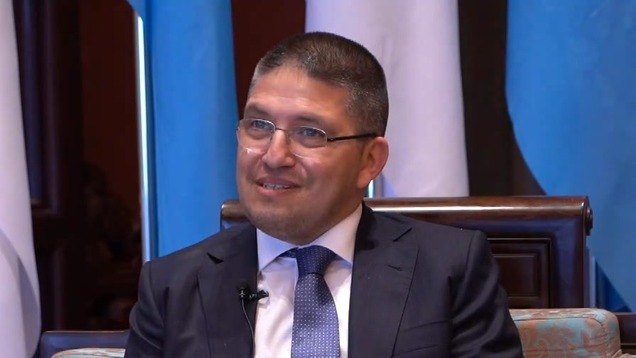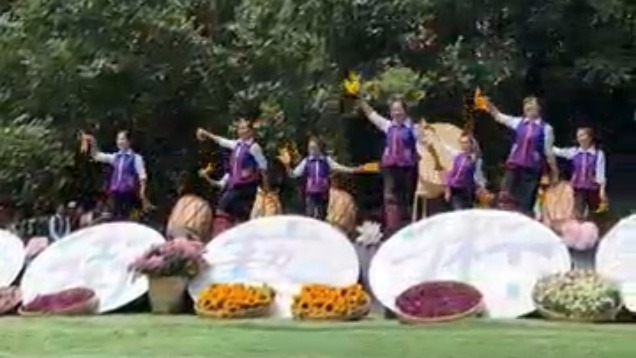A Place Where the Millennial History of Ancient Azerbaijan Lives-Gamigaya Monument
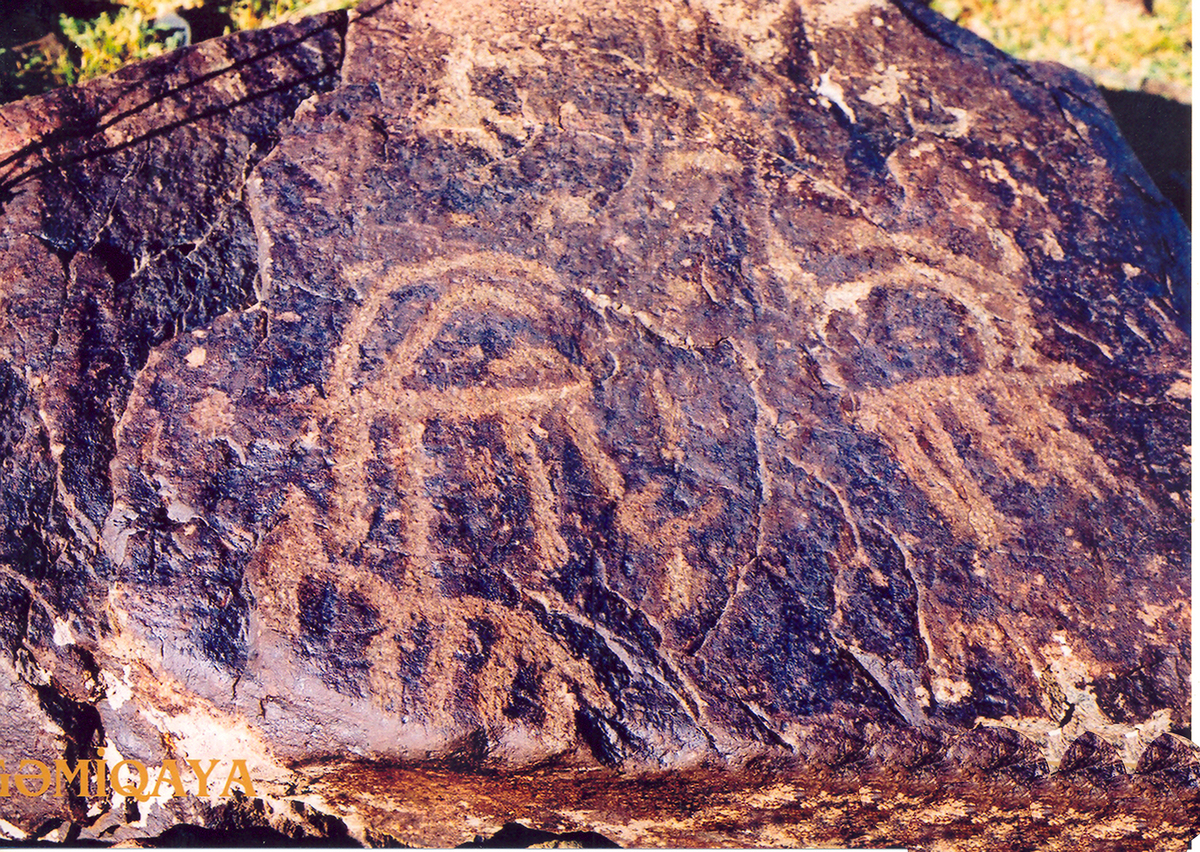
Gamigaya petroglyphs, or Gamigaya rock carvings date to the 4th-1st millennia BC. [Photo via chinadaily.com.cn]
The land of Nakhchivan,one of the oldest living and cultural centers of Azerbaijan, is rich in ancient monuments, settlements, magnificent castles, petroglyphs and stone ram statues that vividly reflect the historical past of mankind.In this sense, the monument Gamigaya, which witnessed the millennial history of Nakhchivan, attracts more attention. According to an ancient legend, after the end of the World Storm, The Prophet Noah's ark stopped exactly on this mountain.
This is one of the reasons why it is called "Gamigaya". As reported by the legend, the new inhabitants of the world spread from Gamigaya, and then from Nakhchivan to other countries and continents.So, this place also embodies the love of the peoples of the world for the land, the Earth, peace, coexistence, solidarity and life.
Located in Ordubad region of the Nakhchivan Autonomous Republic of Azerbaijan, Gamigaya is one of the oldest human settlements in the world.These monuments are located northeast of Tivi and Nasirvaz villages of the region, at an altitude of 3000-3500 meters above sea level in the Lesser Caucasus. Pictographic inscriptions on the stones were recorded in Garangush, Gamisholan and Nabiyurdu pastures.
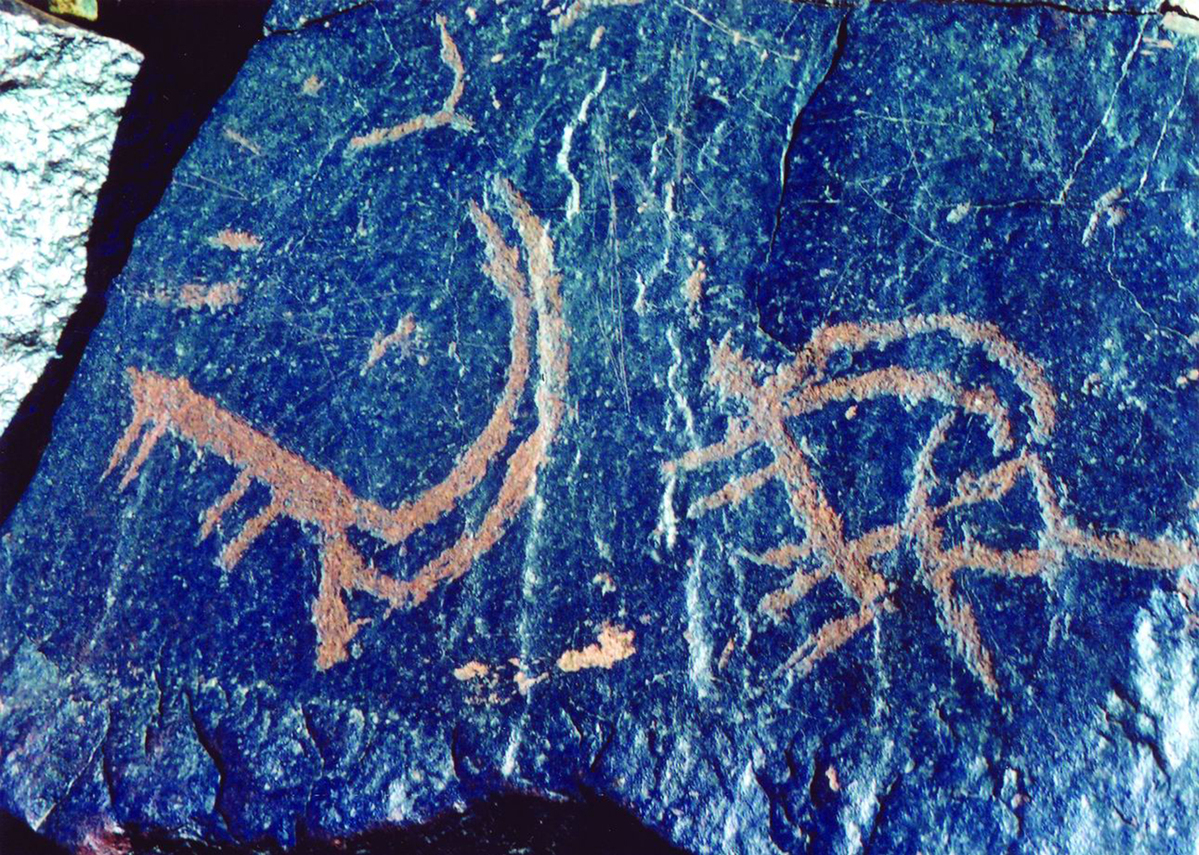
Gamigaya petroglyphs, or Gamigaya rock carvings date to the 4th-1st millennia BC. [Photo via chinadaily.com.cn]
A historical treasure created by ancient people
The study of Gamigaya monuments, which has hidden the secrets of history in itself for many years,began in the 1970s during the first period of national leader Heydar Aliyev's political leadership in Azerbaijan. In 1971, the Presidium of the Academy of Sciences of the Republic of Azerbaijan decided to conduct research in Gamigaya, publish a scientific album, and make a fictional-scientific film, in 1970-1987,research was conducted in Gamigaya , a number of scientific materials were published. Unfortunately, it was forgotten in the late 1980s, and research was intermitted. Taking advantage of the gap, nationalist Armenian "researchers" secretly conducted research in Gamigaya. As a result of the work, in the published materials "Rock carvings of Navsar" and "Memorial monuments and reliefs of Nakhchivan" , Armenian scientists, adhering to their traditions in falsifying history, tried to write Gamigaya monuments, the oldest monuments of our people, as Armenian monuments without any scientific basis, Gamigaya's name was changed to "Navsar", "Tapanasar".
Emphasizing that Gamigaya is a very important monument in terms of studying the historical past of the Azerbaijani people, our national leader Heydar Aliyev said: "Nakhchivan has beautiful natural monuments. Gamigaya is a famous place in the world ... It is our great wealth. There are human footprints. This is the history of Azerbaijan and its integral part, Nakhchivan. We need to take care of them."
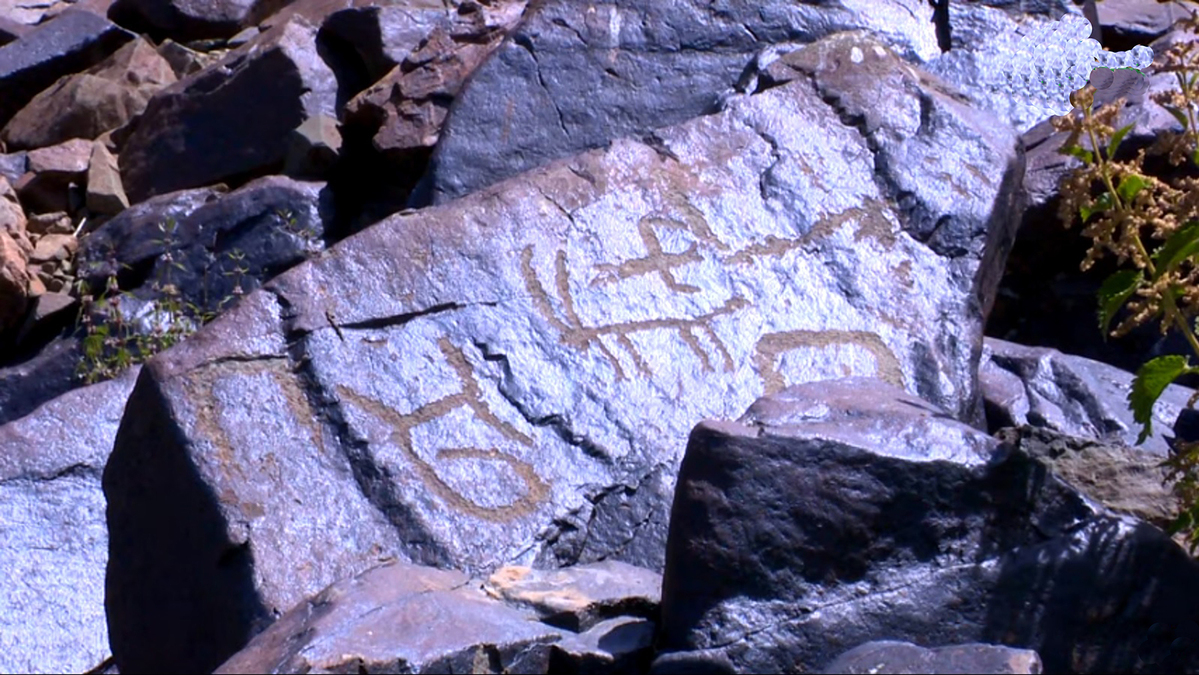
Gamigaya petroglyphs, or Gamigaya rock carvings date to the 4th-1st millennia BC. [Photo via chinadaily.com.cn]
The monument was once again researched in detail
Over the past 25 years, consistent measures have been taken to protect and restore historical and cultural monuments in the Nakhchivan Autonomous Republic.Following the order of the Chairman of the Supreme Assembly "On the study of the Gamigaya monument in Ordubad region" signed on April 26, 2001, Gamigaya petroglyphs were studied on a scientific basis, dozens of scientific articles and books were written on this topic, "Gamigaya" Historical-Fictional Reserve was established. In 2005, an international expedition was organized to the Gamigaya monument, and archeological monuments around Gamigaya were studied and ethnographic, folklore and onomastic materials were collected.
In 2013, a building for 'Gamigaya' Historical-Fictional Reserve and Museum was commissioned. Consisting of two auxiliary rooms and an exhibition hall, the museum has more than 200 exhibits. Petroglyphs which have paintings on them, various books, newspapers, paintings, photographs of rock petroglyphs on the research work carried out in Gamigaya, as well as materials of scientific symposiums on the history of Nakhchivan were collected ın the museum.
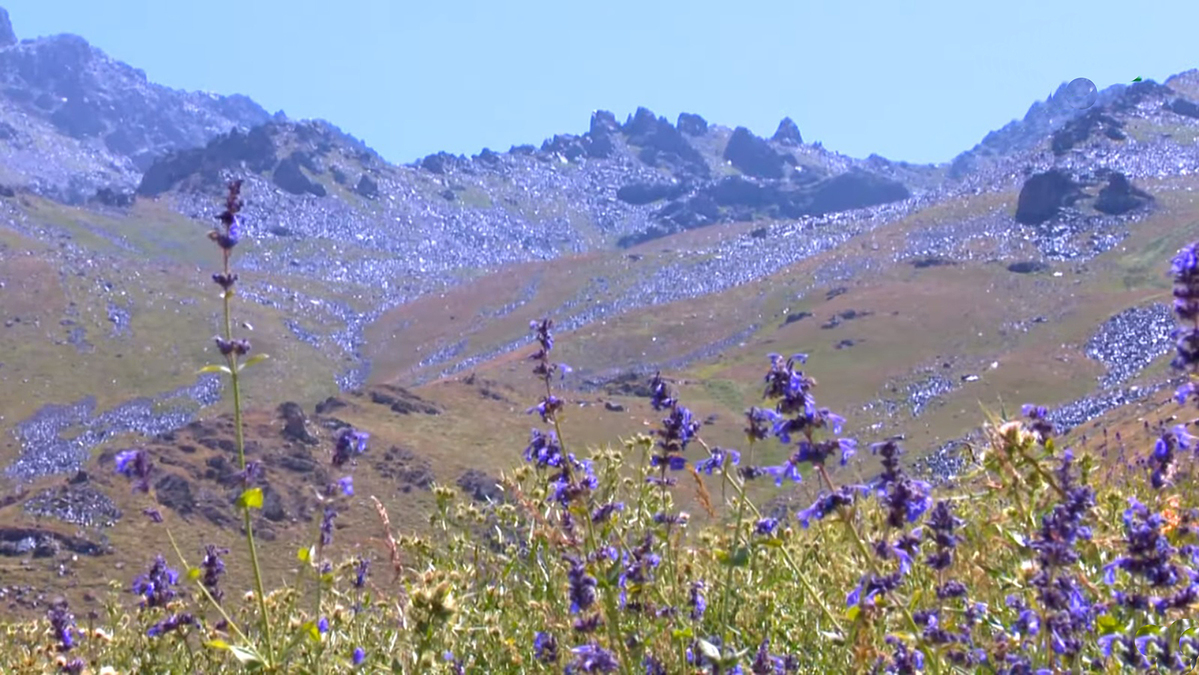
A general view of Gamigaya, ancient human settlement. [Photo via chinadaily. com.cn]
Gamigaya is a very rich and valuable source for studying the history of ethnogenesis of our people
Gamigaya's petroglyphs are very rich and valuable sources for the study of the ancient history, material and spiritual culture, art, as well as the history of ethnogenesis of Azerbaijan.One example is enough to show. Thus, the stone number 252 in Gamigaya depicts the attack of a wolf on a goat, or rather, the ritual of "closing the wolf's mouth", which is still preserved in Azerbaijani folklore and ethnography and performed by cattle-breeders. In connection with this, a long line (rope) was drawn between the wolf and the goat, which were facing to each-other.
Ethnographic research shows that during the performance of the "wolf's mouth shut" spell, the goat which is ready to shave is tied with a rope or twine. This scene from the Bronze Age on Gamigaya depicts the scene in almost all its essence.
Gamigaya's petroglyphs not only demonstrate the connection of Azerbaijani folklore to the Bronze Age thousands of years ago, but also provide relevant facts for the study of the history of its ethnogenesis. The subject of these petroglyphs, which are characterized by the complexity of the plot-composition, is dedicated to the beliefs and labor activities of our ancestors, the economic life of hunter, cattle and farmer tribes. Gamigaya's rock petroglyphs include paintings depicting holiday ceremonies, as well as various astronomical and geographical paintings.
Petroglyphs reflecting the religious, ideological, mythological and political views of ancient people
In order to study the descriptions of Gamigaya in more depth, in August 2016, the "Gamigaya" expedition consisting of specialists from the Nakhchivan Branch of the Azerbaijan National Academy of Sciences and the Ministry of Culture of the Nakhchivan Autonomous Republic was established. The expedition visited 136 hectares of rock paintings and recorded 7,477 images on 2,040 stones. As a result of this research, in June 2020, a fundamental book entitled "Gamigaya's petroglyphs" was published.
The Gamigaya monument, which is important for the historical ethnography and archeology of the Azerbaijani people and tells about the early evolution of human history, is a collection of petroglyphs reflecting the religious, ideological, mythological and political views of ancient people. The theme of these petroglyphs, which differ in plot and composition, is dedicated to the beliefs and labor activity of the ancient Azerbaijanis. Therefore, Gamigaya petroglyphs, created in connection with the way of life and ancient traditions of ancient people, as a valuable example of history and fine arts, will allow us to continue to trace and study the early stages of human history and culture in chronological order.

